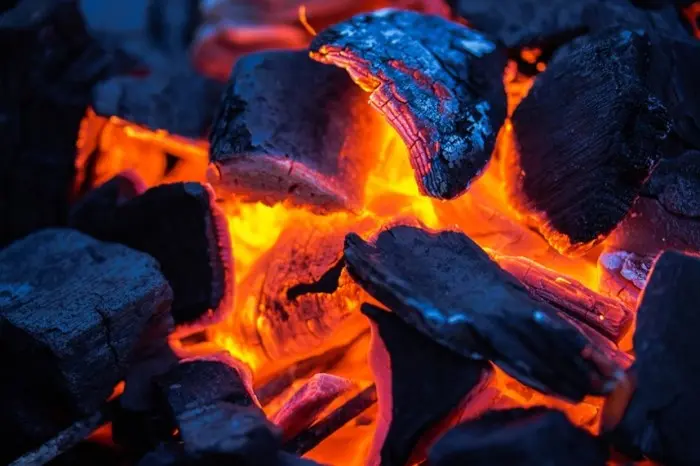Coconut shell charcoal briquette have emerged as an alternative to other types of charcoal. The journey from coconut shell to charcoal briquette is more than just a matter of burning the material; it requires precise control of temperature and duration to come up with high-quality charcoal.
Let’s learn more about optimizing heat and duration in the coconut charcoal briquette-making process.
The Basics of Coconut Shell Charcoal Briquette Production
One of the stages in coconut briquette production is carbonization. This is where the coconut shells were burned to reach the desired state.
This is how the carbonization process works. The unique chemical compositions of the coconut shells will influence the carbonization process. When subjected to high temperatures, the organic matter within the shells decomposes, leaving behind carbon-rich charcoal.
These changes happen because of complex chemical reactions, with temperature and duration playing a crucial role in determining the quality of the final product.
Understanding Temperature in the Carbonization Process
The ideal temperature range for the carbonization process is usually between 400°C and 600°C. Going below or higher than that range could lead to an undesirable result.
Consistent temperature control is crucial to ensuring uniform carbonization. The final result is a charcoal product with the desired characteristics, in its hardness and density.
The Negative Effect of Not Using the Ideal Temperature Range
It is essential to maintain the coconut shell within the ideal temperature range to produce high-quality charcoal briquettes. Setting the temperature below 400°C may result in incomplete carbonization, leading to a lower charcoal result and inferior quality.
On the other hand, going for temperatures above 600°C can lead to excessive ash formation and the loss of desirable charcoal properties. So it is very important to pay close attention to the right temperature.
Techniques for Controlling Temperature
There are various techniques used to control and maintain temperature during the carbonization process. In general, the techniques were classified into two types:
- Traditional techniques using drums and mounds with manual intervention to regulate temperature.
- Modern techniques use different kinds of machines, such as retort kilns and gasification systems that offer greater precision and efficiency in temperature control; pyrolysis reactors that can be tailored to specific characteristic outcomes; and continuous carbonization machines that work great for mass charcoal production in a big factory.
Ideal Duration for the Carbonization Process
The ideal duration for the whole process can vary depending on many factors, including the type of carbonization technique used, coconut shell size and moisture content, and the desired quality of the charcoal.
In general, the carbonization process usually ranges from several hours to a few days. The process could take longer when using traditional techniques compared to modern ones.
Carbonization Duration with Traditional Technique
With traditional techniques such as drums and kilns, the coconut shells are carbonized in a controlled environment with a limited oxygen supply. The entire process could take 12 to 48 hours to finish. The duration may take longer than that to ensure thorough carbonization, especially for larger batches of coconut shells.
Carbonization Duration with Modern Technique
Modern carbonization techniques using machines such as retort kilns or pyrolysis reactors offer a shorter carbonization duration. By using these machines, carbonization can be completed within hours, ranging from 4 to 12 hours.
Just like the carbonization temperature, there should be a balance for the duration as well. Longer duration may result in higher charcoal results, but it could also lead to overcharging and low-quality charcoal. On the other hand, a shorter duration may speed up the process but could compromise charcoal’s hardness and density.
Conclusion
Optimizing heat and duration in coconut shell charcoal briquette production is highly important. By understanding the intricate system between temperature, duration, and quality, producers can make sure they can bring high-quality charcoal products.

